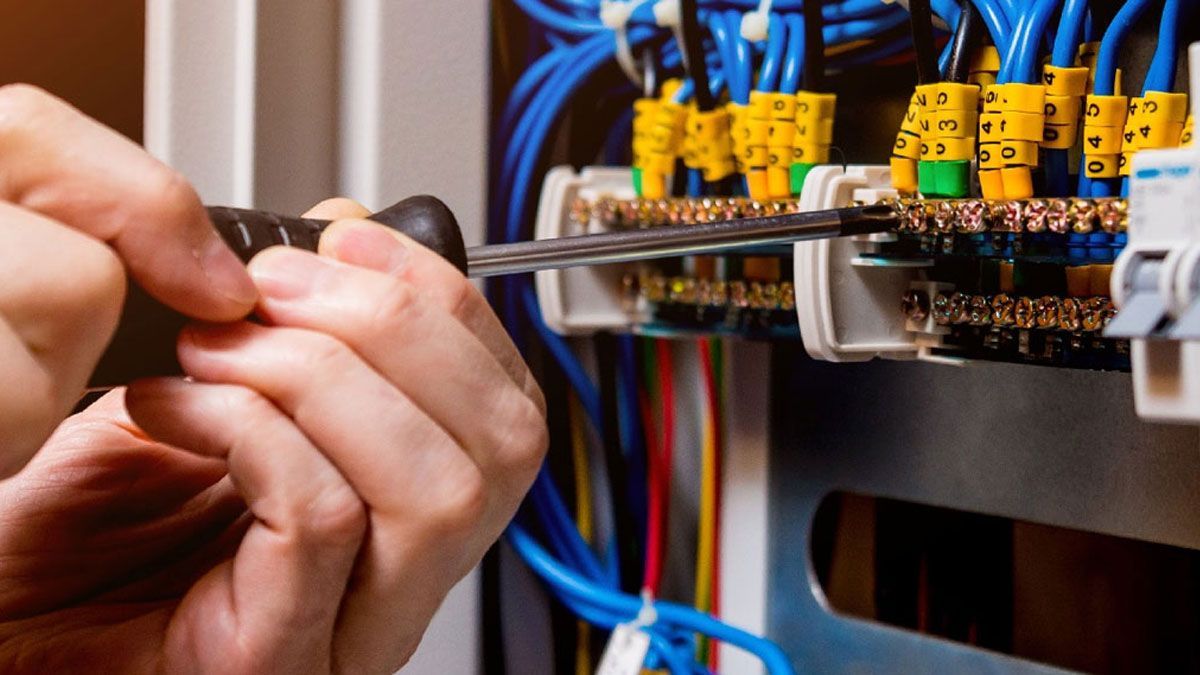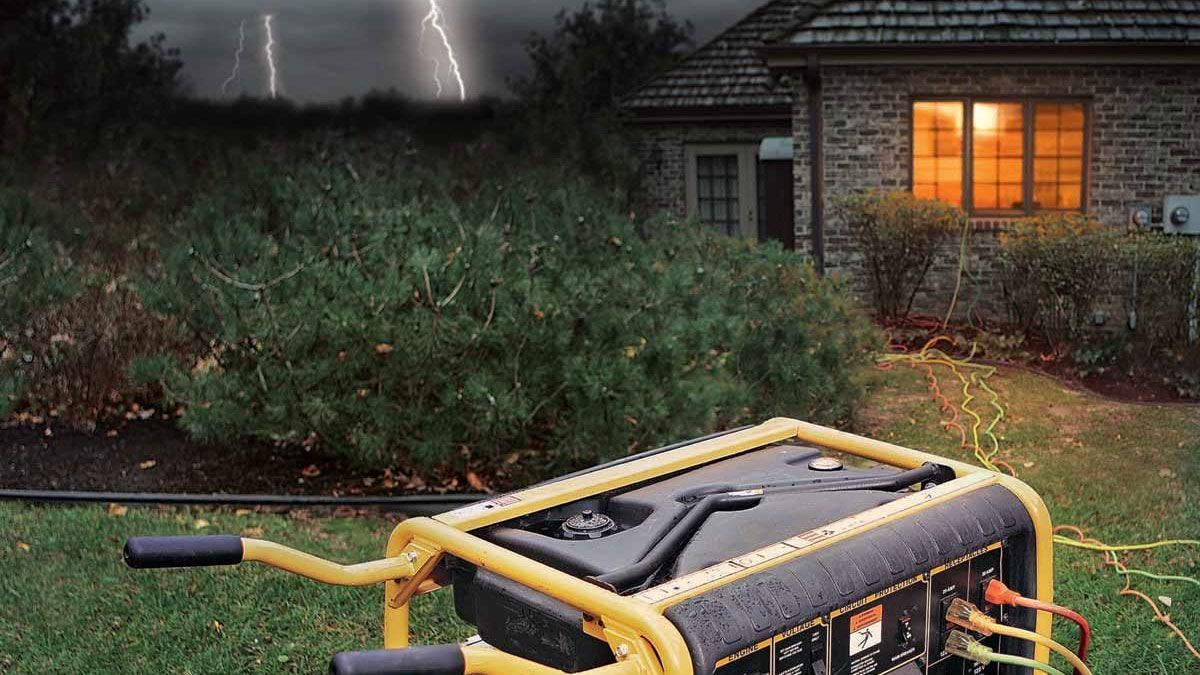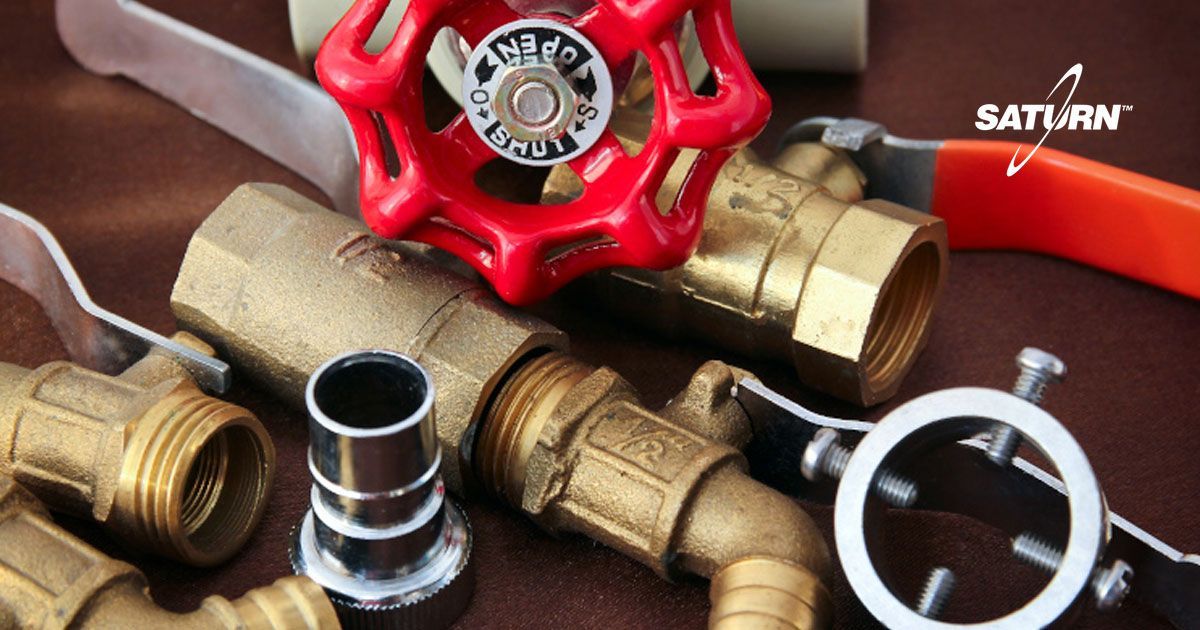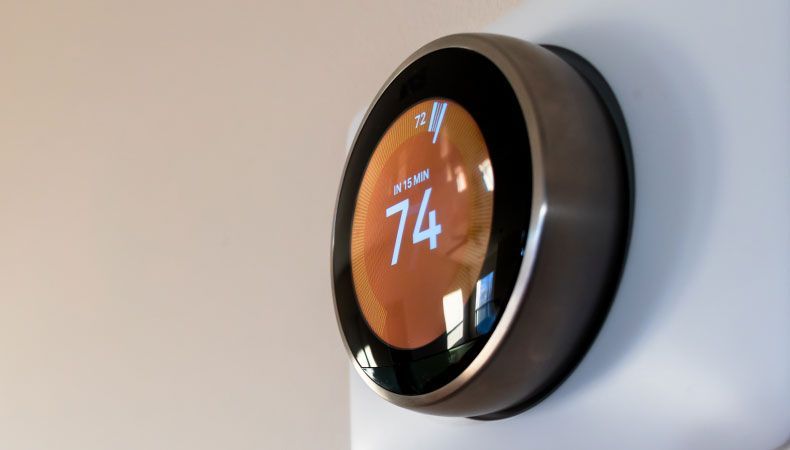What is a Brownout and How to Prevent Them
Brownouts can disrupt our daily lives, affecting productivity, damaging electrical devices, and even posing safety hazards. Understanding what brownouts are and implementing preventive measures is crucial to mitigate their impact. This blog post will delve into the definition of brownouts, explore their causes, and provide practical tips on how to prevent them, ensuring a more reliable and secure electrical environment.
What is a Brownout?
A brownout, also known as voltage sags, are temporary drops in voltage levels in an electrical power supply. Unlike complete power outages, where the power supply is entirely disconnected, brownouts occur when the voltage supplied falls below the standard level for a certain duration. This reduction in voltage can range from a few percentage points to a significant drop, leading to various operational issues in electrical systems.
Causes of Brownouts
Several factors contribute to the occurrence of brownouts. Understanding these causes can help identify potential vulnerabilities and take proactive measures to prevent them. Some common causes include:
- Overloaded Electrical Grid: When the demand for electricity exceeds the capacity of the power grid, it can result in voltage drops.
- Faulty Electrical Wiring: Poorly designed or outdated electrical wiring can cause voltage sags due to inadequate capacity or inefficient distribution.
- Extreme Weather Conditions: Thunderstorms, hurricanes, or heatwaves can lead to power fluctuations, causing brownouts.
Implementing preventive measures is vital to safeguard against brownouts and minimize their impact. Here are some effective strategies to consider:
- Install Voltage Regulators: Voltage regulators, such as Automatic Voltage Regulators (AVRs) or Uninterruptible Power Supplies (UPS), can stabilize voltage levels, protecting electrical equipment from brownouts and other power-related issues.
- Conduct Regular Maintenance: Ensuring routine maintenance of electrical systems and equipment can help identify and rectify potential issues before they escalate into brownouts. Regular inspections, cleaning, and servicing are essential.
- Optimize Electrical Load: Distribute electrical load evenly across circuits to prevent overloading. Avoid running multiple power-hungry appliances simultaneously, especially during peak usage hours.
- Upgrade Electrical Wiring: Outdated or faulty wiring is a common cause of brownouts. Engage a professional electrician to inspect and upgrade the electrical wiring system to meet current safety standards.
- Use Surge Protectors: Employ surge protectors or power strips with built-in surge protection to safeguard sensitive electronic devices from voltage fluctuations caused by brownouts.
- Implement Backup Power Solutions: Installing backup power systems, such as generators or battery backups, ensures continuity of critical operations during brownout situations.
- Educate Employees and Residents: Raise awareness about energy conservation practices and encourage individuals to adopt energy-efficient habits. Simple steps like turning off unnecessary lights and appliances can help reduce strain on the electrical grid.
Brownouts can disrupt our lives and pose risks to electrical equipment and safety
By understanding the causes of brownouts and implementing preventive strategies, we can minimize their occurrence and mitigate their impact. From utilizing voltage regulators and surge protectors to upgrading electrical wiring and optimizing electrical load, taking proactive measures is crucial. By following these preventive tips, we can create a more reliable and secure electrical environment, ensuring uninterrupted operations and protecting valuable electronic devices.
The post What is a Brownout and How to Prevent Them appeared first on Saturn Heating Cooling & Electrical.








